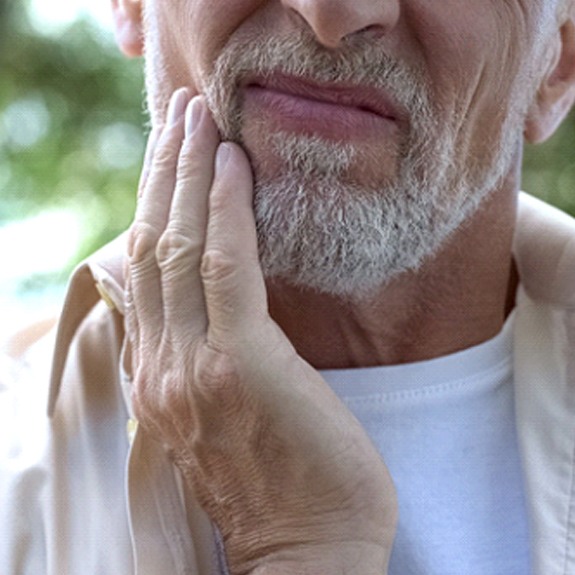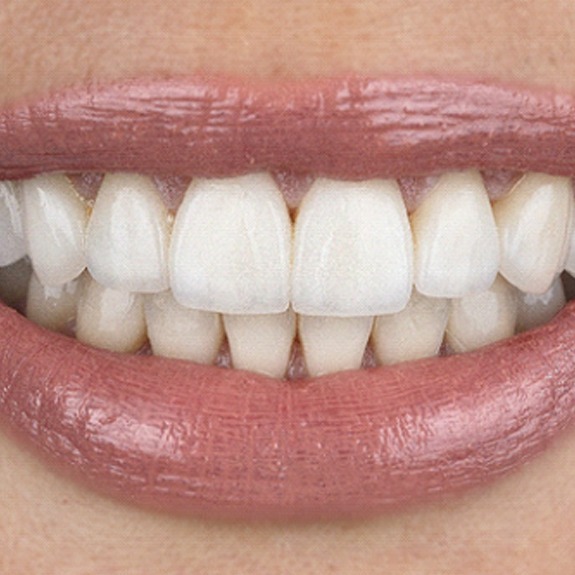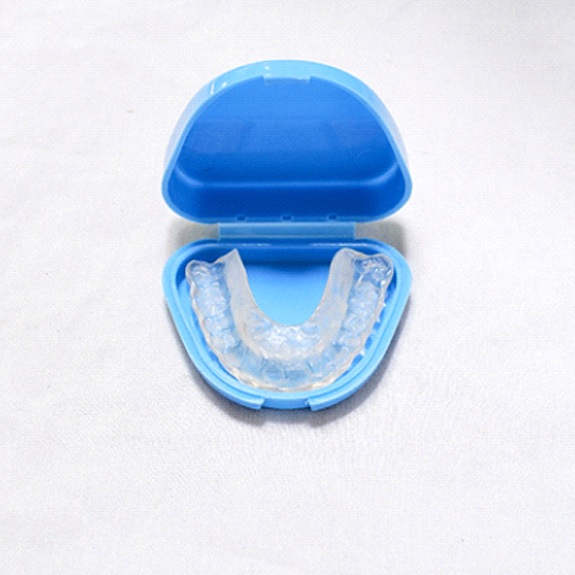TMJ/TMD Therapy – Weatherford, TX
Put a Stop to Jaw Pain and Headaches
Your mind will naturally jump to your teeth and gums when you think about your oral health, but how much consideration do you give your jaw? The lower jaw is connected to your skull by a joint known as the TMJ. If this joint becomes injured or stressed, it can lead to a TMJ disorder, or TMD. Living with a TMD means enduring jaw pain, headaches, neck and shoulder pain, and other forms of discomfort on a regular basis. Fortunately, with the help of Dr. Novak and Dr. Johannsen, you can find relief from your TMJ-related pain. Call us today to set up an appointment and learn more about your options for treatment.
Why Choose Beacon Dentistry of Weatherford for TMJ/TMD Therapy?
- Expertly Customized Occlusal Splints
- Advanced Dental Diagnostic Technology
- A Fun and Lively Team of Dental Experts
Diagnosis & Treatment

Checking the TMJ is actually a regular part of every dental checkup. In addition to examining your jaw, we may also ask you about symptoms that might point to the presence of a TMD, such as chronic pain or hearing a clicking sound whenever you open your mouth. If we suspect that you might have a TMD, we’ll perform some tests to diagnose the issue and try to narrow down the underlying cause (which might be an injury, arthritis, teeth grinding, or an uneven bite). Once we have figured out the source of your pain, we can start putting together a treatment plan. In addition to the solutions below, we may also offer a few tips for taking care of your TMJ at home, such as avoiding hard or crunchy foods as much as possible.
Equilibration / Occlusal Adjustments

When the TMJ is unable to reach its natural resting position, the muscles and ligaments of the jaw will start to suffer from a considerable amount of tension that eventually leads to pain. In many cases, the TMJ can’t reach the proper position because the teeth don’t come together correctly. Thus, to solve the issue, we’ll have to make minor changes to your teeth until they all come together evenly. This process is known as an occlusal adjustment, but it’s also referred to as equilibration. This usually involves removing small amounts of enamel from your smile, but we may also need to build specific teeth up by placing crowns.
Occlusal Splints

An occlusal splint is a simple oral appliance that can be customized to address your specific TMD-related issues. One of its most important functions is to gently shift the jaw forward to help it reach its natural resting position. This gives your TMJ a chance to relax and recover, thus relieving your pain. As another benefit, an occlusal splint can act as a barrier between the upper and lower rows of teeth, which means that the nighttime grinding that is often associated with TMD won’t do further damage to your smile. After a few months of wearing your occlusal splint on a regular basis, you’ll eventually find that you’re no longer experiencing TMD symptoms on a daily basis.
I Need a Checkup & Cleaning I am Looking for a Dentist for My Child I am Concerned about Bleeding Gums I Have a Cavity or Broken Tooth I am Missing One or More Teeth I am Unhappy with My Smile I Want a Straighter Smile I am Scared of the Dentist I am in Pain & Need Help View Our Services

